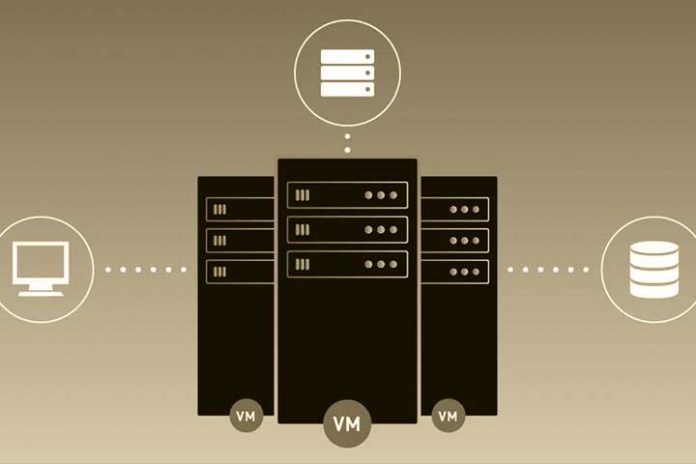The data center is the heart of many companies. However, with the growing digitalization of internal company processes and the use of a large number of different infrastructure components from different manufacturers, operations are becoming more and more complex. Many companies are therefore faced with the question of how best to guarantee additional performance quickly and easily without increasing the complexity and IT costs. This is where hyperconvergence IT landscapes come into play. This article reveals what hyper-convergent infrastructures are all about, where the differences between hyper-convergent and convergent infrastructure solutions lie and what advantages hyper-convergent infrastructures offer.
In the age of Industry 4.0, Big Data, the Internet of Things & Co., the economic success of companies depends primarily on the ability to provide new applications, services and goods reliably and variably at ever shorter intervals. However, this is exactly what an IT system landscape requires, which stands up to the increasing demands of our digital age and is also characterized by high scalability, agility and reliability.
Since a conventional and multi-level data center architecture with a complex, heterogeneous and rigid system landscape is less and less able to meet our modern requirements, hyper converged infrastructures, HCI for short (Hyper-Converged Infrastructure), are becoming more and more popular
The basic concept of a hyperconverged infrastructure!
Hyper-converged infrastructure is the architectural approach that brings together various data center infrastructure components such as server, data storage, network, virtualization platform, and management software into a dedicated system. Hyper Converged infrastructures consistently rely on virtualization and a software-centric architecture. This means that all infrastructure components and embedded technologies are decoupled from the hardware and transferred to a layer of the hypervisor as mobile building blocks. The hypervisor software forms the entire IT infrastructure in the virtual environment and distributes the computing and storage resources in a balanced manner across the different infrastructure components.
In principle, hyper-convergent systems therefore act like cloud services: services running on digital servers are offered on the abstracted area, whereby the hardware solution in the background is neither present nor of importance to the user.
How is hyper-converged infrastructure different from converged infrastructure?
While both converged and hyper-converged infrastructure solutions address the complexity of heterogeneous data centers, there are also significant differences in resource management. With a convergent infrastructure, the individual infrastructure components are tailored to each other and orchestrated in a so-called appliance. In view of this, they generally remain independent of one another, which is why they can be used and scaled independently of one another – but they also have to be administered and maintained.
In contrast, in a hyper-converged infrastructure solution, as previously explained, the software is at the heart of it, allowing the administration, operation, and oversight of all elements and associated technologies from a central mechanism.
Due to the closer integration of the individual software components, hyperconverged systems go beyond pure computing power, data storage, the network and virtualization. In this way, hyper-converged systems usually even include technologies such as data deduplication, data compression for transport over the computer network or WAN enhancement. In addition, hyper-convergence infrastructure solutions contain gateways for cloud connection or can be integrated into the disaster recovery concept, which includes several data centers. Administration and control of the entire IT is done at HCI via a relevant software platform, mostly in the form of a web front end.
More efficiency, less administration!
Hyper-converged infrastructures have emerged as a truly innovative option over conventional data center infrastructure in recent years.
The advantages of hyper convergent systems speak for themselves:
Hyper Converged infrastructures include:
- Expandable, adaptable and variable, as new IT services and servers can be made available and integrated quickly if required.
- Efficient plus relieving, as they reduce complexity and cause significantly less administrative effort. Standard applications can also be automated.
- High-performance because all system components are more closely interlinked and the resources required are excellently distributed.
- Cost-effective, because companies only pay for the resources they actually need.
- Highly available plus secure, because backup processes and recovery functions are pre-installed and automated in advance. On the other hand, all components are represented virtually, so that applications and services can be exchanged without data loss or system failures.
Switching to HCI pays off!
For agile companies, flexibility and scalability are important aspects for competitiveness and ultimately for business success. Hyper Converged infrastructures form a solid basis for this as a lean “all-in-one solution”. With regard to the excellent scalability coupled with the simplified provision of IT resources and the simple monitoring and organization, hyper converged infrastructures make sense for all companies that want to position the data center in a future-proof and flexible manner.

